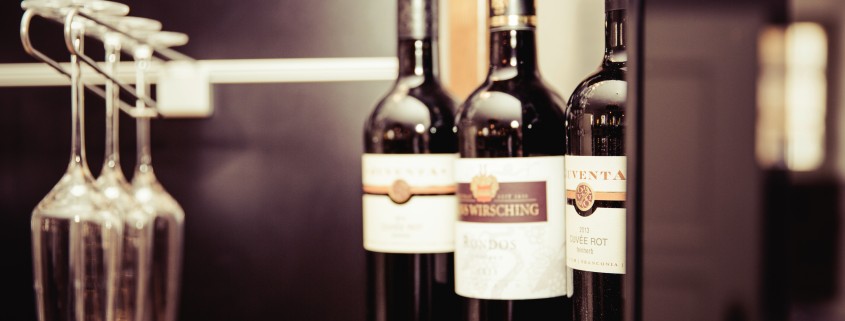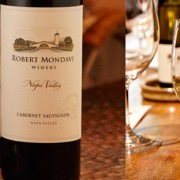How to Combine Innovation and Value Through Wine Education
Diners visit restaurants for countless reasons. Let’s list a few: For a meal. For a drink. For celebration. For convenience. For business. For pleasure. For comfort. For excitement. Understanding why your customers reserve a table with you is key to operating a successful restaurant longterm. Understanding your customer’s intentions is also key to running a great wine program. What wines are they ordering, and why? Whether customers are seeking high value and familiar options, or are crossing their fingers for a delightful surprise from a niche selection, it’s important your wine choices reflect your guests’ expectations.
But no matter the substance of your wine list, educating your guest at the table is how you guide and tailor their expectations. A good restaurant will guide their guests to make the best choices, whatever those choices may be.
Where did I leave that money?
A recent piece on the Wine Economist asked the question, “Are Restaurants Leaving Money on the Table?” The headline-worthy question poked and prodded assumptions made by both restaurant operators and customers: chain restaurants carry low-cost wines, high-end restaurants carry premium wines.
The question seeks an answer to an important question. Do high-end restaurants loose out on wine dollars because they don’t offer value wines that consumers are familiar with? It’s an interesting question. Should exclusive restaurants offer “safety” wines with high commercial appeal in order to capture every possible dollar? Or, is important that innovative restaurants with high standards of service and fare, apply premium standards to there wine list? As we mentioned above, customers visit restaurants for various reasons. Is it reasonable to assume diner’s don’t visit a 5-star restaurant with expectations of ordering a bottle of Kim Crawford?
It’s important to remember that when we’re talking about leaving dollars on the table, there is a secret weapon restaurants hold: premium service.
A wine list is just a list. It needs good staff to bring it to life. A restaurant doesn’t need to offer commercial brands with high recognition in order to capture bottom dollars that may otherwise slip through the floor grates. You just need a commitment to educate your guests. You can create comfort and understanding in the absence of familiarity if your staff finds a way to connect your guests to your wine list.
Approachable Value vs. Curated Focus
Leaving behind for a minute the question of how to get the most dollars out of your wine program, the wine economist article brings up interesting points about what assumptions restaurants make when creating a wine program. These assumptions also extend to the expectations consumers have when deciding on a restaurant to patronize.
It’s reasonable to expect a high-end restaurant that promotes a unique experience and innovative menu would offer a unique and innovative wine list. Similarly, it’s generally safe to assume that a chain restaurant promoting familiarity (brand recognition and a consistency across multiple locations) and value (affordability, family-friendly) would offer a wine and drink list with familiar, high-value options.
The gray area lies with restaurants that fall in the middle. And this middle segment is comprised of the largest number of restaurants. Most restaurants are not high-end. And most restaurants aren’t multi-location chains. It’s crucial to parse through the outliers when it comes to giving advice on what most restaurants should do, because the economic reality of running an outlier restaurant is much different than running most restaurants.
Economics Influence Restaurant Decisions
For example, the high-value brands chain restaurants peddle are secured by the chain company’s ability to purchase large numbers of cases in high volume and sell it across multiple stores. Most restaurants don’t have this option.
An inverse example would be the mark-up on bottles on high-end and premium restaurants. The experience of dining at a truly remarkable restaurant will justify the high mark-up costs on wine. Most restaurants can’t create better margins through high mark-ups in this same way.
Service is the Missing Piece
But most restaurants can offer premium service. And it’s not just a smiling face that constitutes good service any longer. No, we’ve talked before about how important good service is to a modern restaurant. Good service now means the ability to educate your guests in order to guide them on the best possible experience. This means being able to talk about a wine with confidence and authority and cause your guest to have an understanding of that wine despite never trying it or knowing about the producer.
So, it’s important to remember, while your selection should be appealing, you don’t have to reduce standards or loosen focus in order to reach a broad appeal. Innovation and value are not exclusive. And educating your guests is the way to marry the two.
- 5 Fall Cocktails to Capture the Flavors of Autumn - September 26, 2018
- How Restaurants Can Ignore Sales and Increase Profits - May 9, 2018
- 2018 Spring Wine Trends - April 18, 2018









